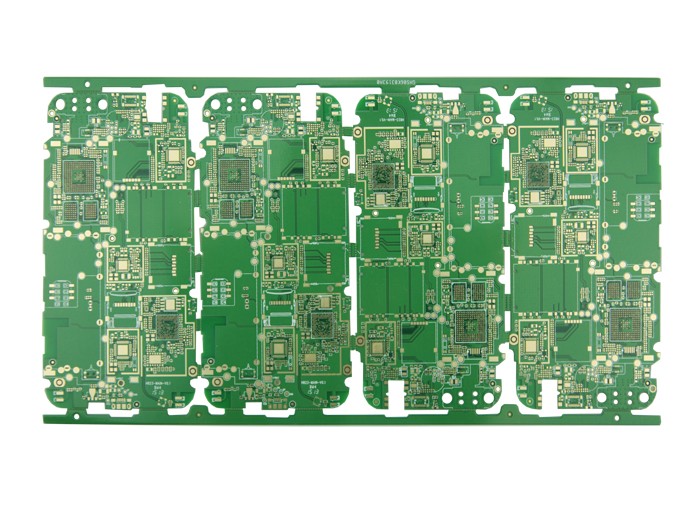How to avoid crosstalk in PCB design?

A changed signal (such as a step signal) propagates along the transmission line from A to B. A coupled signal will be generated on the transmission line CD. Once the changed signal ends, that is, when the signal returns to a stable DC level, the coupled signal will not exist, so crosstalk It only occurs in the process of signal transitions, and the faster the signal edge changes (conversion rate), the greater the crosstalk generated. The electromagnetic field coupled in space can be extracted as a collection of countless coupling capacitors and coupling inductances. The crosstalk signal generated by the coupling capacitor can be divided into forward crosstalk and reverse crosstalk Sc on the victim network. These two signals have the same polarity; The crosstalk signal generated by the inductance is also divided into forward crosstalk and reverse crosstalk SL, and these two signals have opposite polarities. The forward crosstalk and reverse crosstalk generated by the coupled inductance and capacitance exist at the same time and are almost equal in size. In this way, the forward crosstalk signals on the victim network cancel each other due to the opposite polarity, and the reverse crosstalk polarity is the same, and the superposition is enhanced.
The modes of crosstalk analysis usually include default mode, three-state mode and bad-case mode analysis. The default mode is similar to how we actually test the crosstalk, that is, the offending network driver is driven by a flip signal, and the victim network driver maintains the initial state (high level or low level), and then the crosstalk value is calculated. This method is more effective for crosstalk analysis of unidirectional signals. The tri-state mode means that the offending network driver is driven by a flip signal, and the tri-state terminal of the victim network is set to a high-impedance state to detect the size of the crosstalk. This method is more effective for two-way or complex topology networks. The bad-case analysis refers to keeping the driver of the victim network in the initial state, and the simulator calculates the sum of the crosstalk of all the default infringement networks to each victim network. This method generally only analyzes individual key networks, because there are too many combinations to be calculated and the simulation speed is relatively slow.
The above is an introduction to how to avoid crosstalk in PCB design. Ipcb is also provided to PCB manufacturers and PCB manufacturing technology